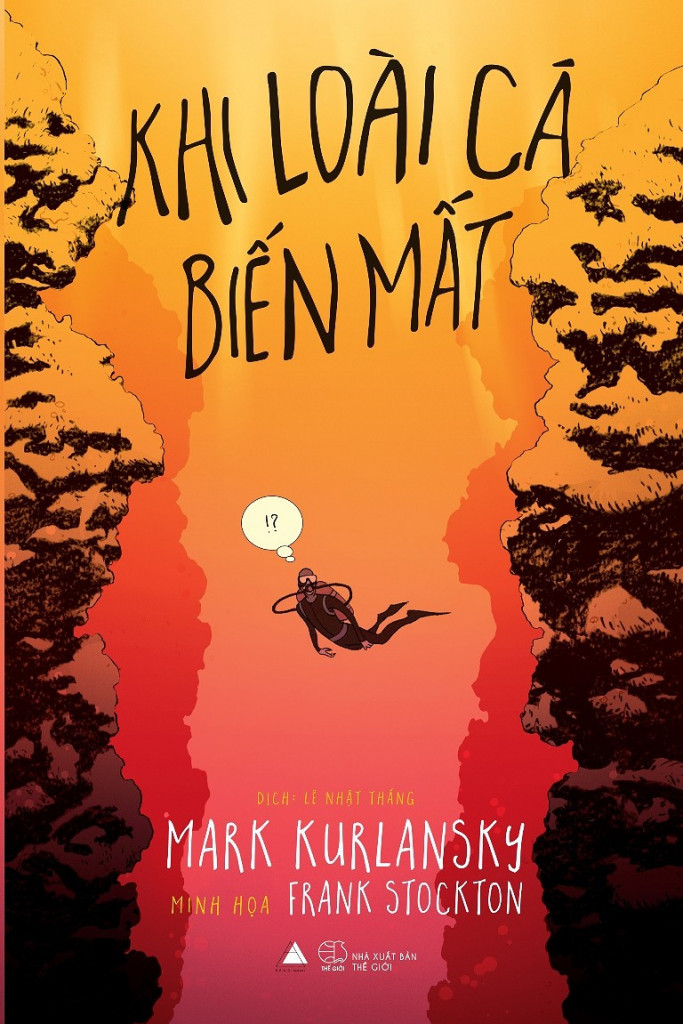What do you think?
Rate this book


224 pages, Paperback
First published April 11, 2011
Fish, despite often being small and underwhelming, are vital to Earth successfully existing. World Without Fish, written by Mark Kurlansky, tells just why fish are so important to the Earth, and what it would be like without them. Using simple language and colorful pictures, Kurlansky gives the reader a glimpse into a what a world without fish would really be like. He uses choice facts and descriptions to give the reader an in-depth understanding of over-fishing, how it came to be, the effects and devolving fish populations, and what a a world without fish would be like.